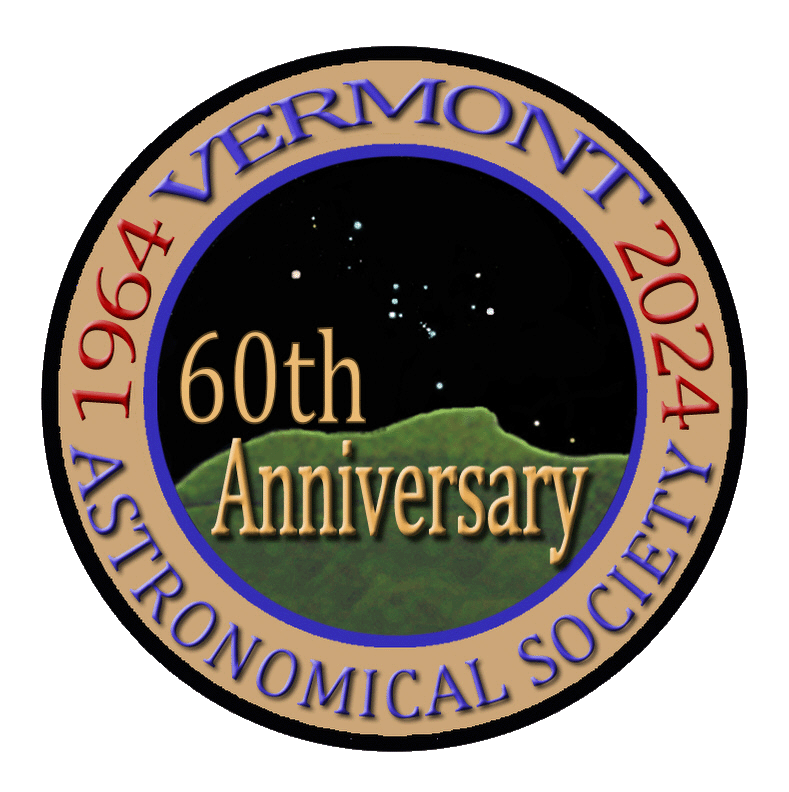This is my second time around with the Fireworks galaxy. The first time around was with an 11" SCT but I didn't have my OAG running yet so I ended up with eggy stars. This time I used a OSC camera on my TEC180. Results are a little better. The stars are round and I'm getting a bit of background IFN and dark nebula. It could take a lot more exposure. I was running the 180 at F5 using the AP QTCC reducer/flattener. I used the ASI2600MC camera and AP 1100 mount unguided. Exposures were 2 minutes and I took 90 of them for a total of 3 hours of integration. The fireworks galaxy gets its name because it's had the most supernovas recorded of any other galaxy, at least during the time that humankind has recorded such things.
The fireworks galaxy is 25 million ly from our solar system and approximately 20,000 light years across. Its apparent magnitude is 9.6, so pretty challenging through the eyepiece. It's not the most attractive galaxy given its color.
@terri Great image, Terri! I think we were both shooting the same target the past few nights we had clear skies! Love your image, and the background flux is really nice to see. I'll have to see how mine turns out after I process it. Terrific job!
Greg
Thanks Greg, it's been a wild ride on this one. I had some anomalous processing on this one with some really weird results. But I think this result is ok for 3 hours. Not a very handsome galaxy! I think the IFN deserves a bit more time. I'm probably overstretching my welcome on this one (smile).
Terri
I just reprocessed this image, and found some issues with my processing. I think it's a bit cleaner. I added a second file with a bit more background.. maybe too much. I probably don't have enough exposure but will show it anyway... I live dangerously!
I think Terri and I were out shooting the same target on the last of the nights we had clear skies!
Terri has a good description of the Fireworks Galaxy above, so I won't repeat it here, and her angst about processing this galaxy is right on the money. This was a difficult one, and it's still not the way I'd like it, so I'm going to try a couple of different strategies to see if I can get a better result and also try to get the big honking stars reduced a bit. But, for now.. I also tried two different versions, one with and one without IFN and dust.
NGC 6939 is an open cluster in the constellation Cepheus, is approximately 4,000 light years away and it is over a billion years old. I thought it a shame not to include it since it's a pretty cluster and was so close to the Fireworks Galaxy.
Capture Dates: 5/29/23, 5/30/23, and 5/31/23
Askar 107PHQ
ASI2600MC Pro (OSC camera)
ZWO AM5 mount with guiding via ASIAir Plus using an ASI178mm mini and a 60mm F4 guide scope
Light Frames [Total Exposure 6:06] used Antlia Triband Ultra RGB filter -- 180s x 122 frames
All light frames calibrated with dark, flat, and bias frames
Pre- and post-processed in PixInsight
Additional post-processing in Photoshop for exposure adjustments and generation of jpeg
I think Terri and I were out shooting the same target on the last of the nights we had clear skies!
Terri has a good description of the Fireworks Galaxy above, so I won't repeat it here, and her angst about processing this galaxy is right on the money. This was a difficult one, and it's still not the way I'd like it, so I'm going to try a couple of different strategies to see if I can get a better result and also try to get the big honking stars reduced a bit. But, for now.. I also tried two different versions, one with and one without IFN and dust.
NGC 6939 is an open cluster in the constellation Cepheus, is approximately 4,000 light years away and it is over a billion years old. I thought it a shame not to include it since it's a pretty cluster and was so close to the Fireworks Galaxy.
Capture Dates: 5/29/23, 5/30/23, and 5/31/23
Askar 107PHQ
ASI2600MC Pro (OSC camera)
ZWO AM5 mount with guiding via ASIAir Plus using an ASI178mm mini and a 60mm F4 guide scope
Light Frames [Total Exposure 6:06] used Antlia Triband Ultra RGB filter -- 180s x 122 framesAll light frames calibrated with dark, flat, and bias frames
Pre- and post-processed in PixInsight
Additional post-processing in Photoshop for exposure adjustments and generation of jpeg
Hi Greg, glad you posted your images! Nice job.. I found this particular galaxy a difficult one to do. I went through it a few times. In fact about to show my latest drizzled (although downsampled here) result.
Here is my latest, and hopefully final, result.
And a bluer version... not the color I get, but what seems to be presented mostly.

